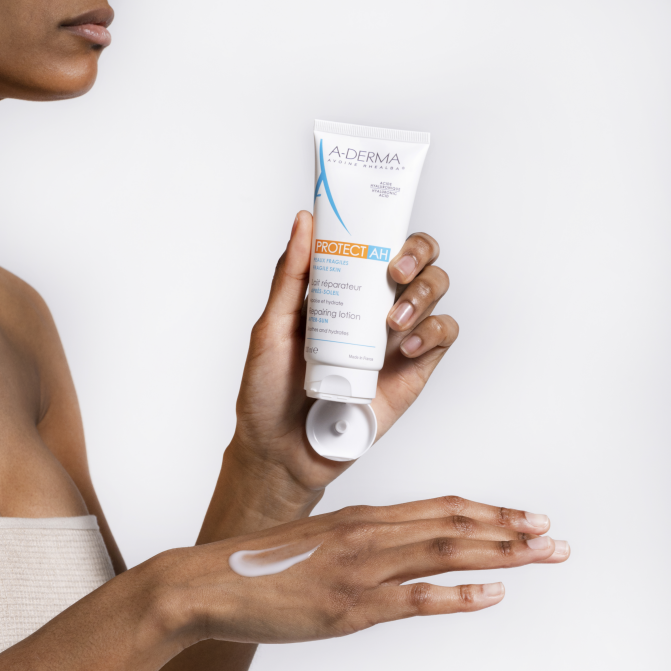-
Your concerns
Our articles to help you gain a better understanding
-
Our solutions
-
Ducray Dermatological laboratories

Pruritus is the unpleasant sensation which causes the sufferer to scratch. Itching can affect any part of the body, including the scalp. Scalp pruritus is very uncomfortable on a daily basis, on a physical, psychological and social level. It is difficult to have an itchy head in public: itching on the head is often misunderstood by those around you, who may think that it is a head lice infestation or a lack of hygiene. To learn more about itchy scalp and the solutions available, click here!
Scalp pruritus can have many causes. There is, on the one hand, pruritus of dermatological origin such as psoriasis or seborrheic dermatitis, and on the other hand, there is pruritus of non-dermatological origin, or pruritus sine materia, in other words pruritus "without matter", without any skin lesions that could explain it. Pruritus sine materia is of systemic origin (due to a liver, kidney or thyroid disease, an infection, a medication, pregnancy, etc.), neurological origin (due to central or peripheral nervous system damage, or to a pinched nerve) or it can be psychogenic (of psychological origin).
Among the most common causes of itchy scalp there is:
In parallel, many environmental factors amplify the phenomenon of itchy scalp:
Eventually, people with itchy hair, or scalp pruritus can develop lesions and irritations on their heads, which makes them want to scratch even more: itchy scalp is a true vicious cycle.
Relieving itchy scalp is probably more difficult than for other parts of the body, due to the presence of hair. You will need to find a way to relieve itchy head without damaging your hair or leaving it greasy.
An itchy scalp is above all a sensitive scalp. Your choice of shampoo and complementary hair care is essential:
In cases of itchy scalp, many people want to find a natural solution. This is entirely possible and can complement anti-itching hair care.
Vegetable oils such as coconut oil can help soothe itchy scalp, in the form of a hair mask, it can be left on for around 20 to 30 minutes before washing your hair.
Essential oils such as tea tree oil can be used to complete the routine when you have itchy scalp. Caution: never apply pure essential oil directly to the scalp as this may cause irritation. It is preferable to mix essential oils with a vegetable oil or directly into the bottle of the treating shampoo.